Description
The Core Principles of Anil Mangal’s Wave Trading
At the heart of Anil Mangal’s Wave Trading is a focus on market structure and price behavior rather than reliance on traditional indicators.
You’ll learn to read the market by analyzing wave patterns, which reflect the collective actions and emotions of traders. Instead of chasing signals, you’ll interpret how price moves in waves—expansions and corrections—mirroring shifts in market psychology.
This approach helps you understand when the crowd is acting out of fear or greed, and how that creates opportunities. By concentrating on these core principles, you develop the skill to anticipate what’s likely to happen next.
You won’t depend on lagging tools; instead, you’ll trust your ability to see the story behind price movements and respond confidently to changes in the market.
How to Identify High-Probability Setups Using Wave Analysis
So, how do you actually spot high-probability setups with wave analysis? First, you’ll need to recognize clear wave patterns—impulses and corrections—by studying price charts closely.
Focus on waves that align with the overall trend, as these often offer the best opportunities. Look for points where corrective waves lose momentum; these spots can signal a strong continuation move.
Don’t ignore trading psychology. The emotions of market participants often drive the formation of wave patterns.
When you notice hesitation or exhaustion during corrective phases, it’s a clue that the crowd may be ready to push price in the trend’s direction again.
Tips for Applying Wave Trading Techniques in Real Markets
Spotting high-probability setups with wave analysis is only the first step; putting these techniques into practice demands discipline and adaptability.
When you trade in real markets, you’ll face unpredictable conditions and emotional challenges. To consistently apply wave trading strategies, you must prioritize risk management and stay aware of market psychology.
Use stop-loss orders to protect your capital, and don’t let emotions dictate your decisions. Remember, markets don’t always follow your analysis, so flexibility is key.
Here are three practical tips:
- Set clear entry and exit rules based on your wave analysis to avoid impulsive trades.
- Always define your risk for each trade, sticking to a percentage of your capital you’re willing to lose.
- Regularly review your trades to learn from mistakes and adjust your approach.
Frequently Asked Questions
What Is Anil Mangal’S Professional Background in Trading?
When you explore Anil Mangal’s professional background in trading, you’ll find he’s developed a unique trading philosophy and approach to market analysis, focusing on technical analysis and wave structures to guide traders in making informed decisions.
Are There Any Recommended Resources to Learn Directly From Anil Mangal?
If you want to learn Wave strategies and trading psychology directly, you can join his official YouTube channel, webinars, or online courses. You’ll get firsthand insights, practical tips, and real-time examples to strengthen your trading skills.
How Much Capital Is Needed to Start Wave Trading?
When you start wave trading, your initial investment depends on your trading strategy and risk tolerance. You don’t need a large sum; many brokers let you begin with as little as $100, but more capital offers flexibility.
Does Anil Mangal Offer Mentorship or Live Trading Sessions?
You can access mentorship benefits and learn trading strategies through some educators who offer mentorship or live trading sessions. By joining, you’ll gain hands-on experience, direct feedback, and personalized guidance to refine your trading approach and decision-making.
What Markets Does Anil Mangal Primarily Focus On?
You’ll find a primary focus on forex markets and cryptocurrency trends when you look into the markets he covers. You can expect insights into global currency pairs and the latest moves in digital assets for your trading strategies.



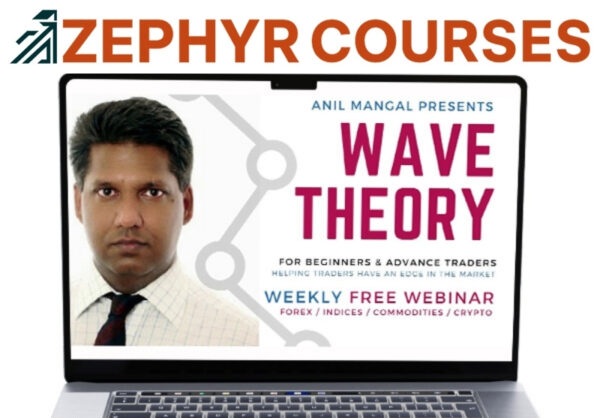

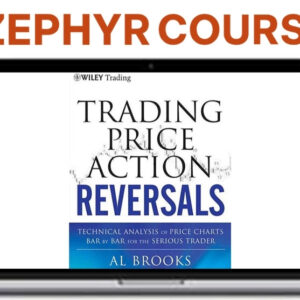







 Admission – TikTok Playbook
Admission – TikTok Playbook  Abbey Ashley – Savvy System
Abbey Ashley – Savvy System  Asian Efficiency – Finisher’s Fastlane – Increase Your Productivity and Focus
Asian Efficiency – Finisher’s Fastlane – Increase Your Productivity and Focus  AlgoTrading101 – AlgoTrading101 Courses
AlgoTrading101 – AlgoTrading101 Courses  3-Day Thought Leadership Content Strategy Course
3-Day Thought Leadership Content Strategy Course  Alex Comerma – Instagram Freedom Accelerator Program 2.0
Alex Comerma – Instagram Freedom Accelerator Program 2.0 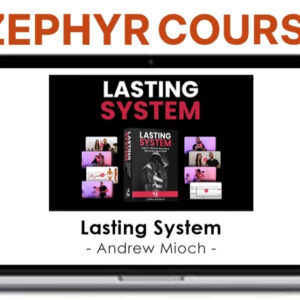 Andrew Mioch – Lasting System
Andrew Mioch – Lasting System  Allie Bjerk – 90 Day Start
Allie Bjerk – 90 Day Start  Alicia Cox – Get the Deed: Real Estate Cash Flow Systems
Alicia Cox – Get the Deed: Real Estate Cash Flow Systems  Andy Elliott – Elite Closing & Negotiating
Andy Elliott – Elite Closing & Negotiating  Alex Cattoni – The Storm
Alex Cattoni – The Storm  Adil Amarsi – Encyclopedia of Copy
Adil Amarsi – Encyclopedia of Copy  Aaron Darko – Complete Alpha Shredding Bundle
Aaron Darko – Complete Alpha Shredding Bundle  Adam Khoo – Value Momentum Investing Course
Adam Khoo – Value Momentum Investing Course 
 Annie Lalla – Heart Coach
Annie Lalla – Heart Coach  AdSense Arbitrage Course – (Google AdSense + Facebook Ads)
AdSense Arbitrage Course – (Google AdSense + Facebook Ads) 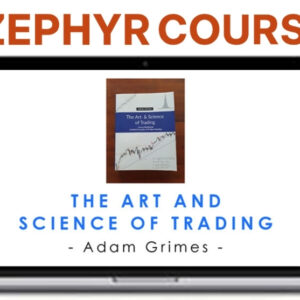 Adam Grimes – The Art and Science of Trading
Adam Grimes – The Art and Science of Trading  Adam Enfroy – Backlink Blueprint & Affiliate Advantage Bundle
Adam Enfroy – Backlink Blueprint & Affiliate Advantage Bundle  Aidan Booth & Steve Clayton – 123 Profit
Aidan Booth & Steve Clayton – 123 Profit 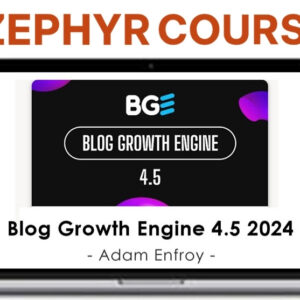 Adam Enfroy – Blog Growth Engine 4.5 (2024)
Adam Enfroy – Blog Growth Engine 4.5 (2024)  Adam Set – Exclusive Footprint and Market Profile
Adam Set – Exclusive Footprint and Market Profile